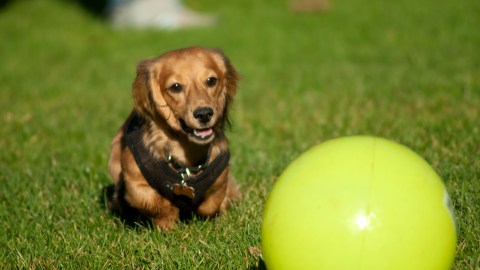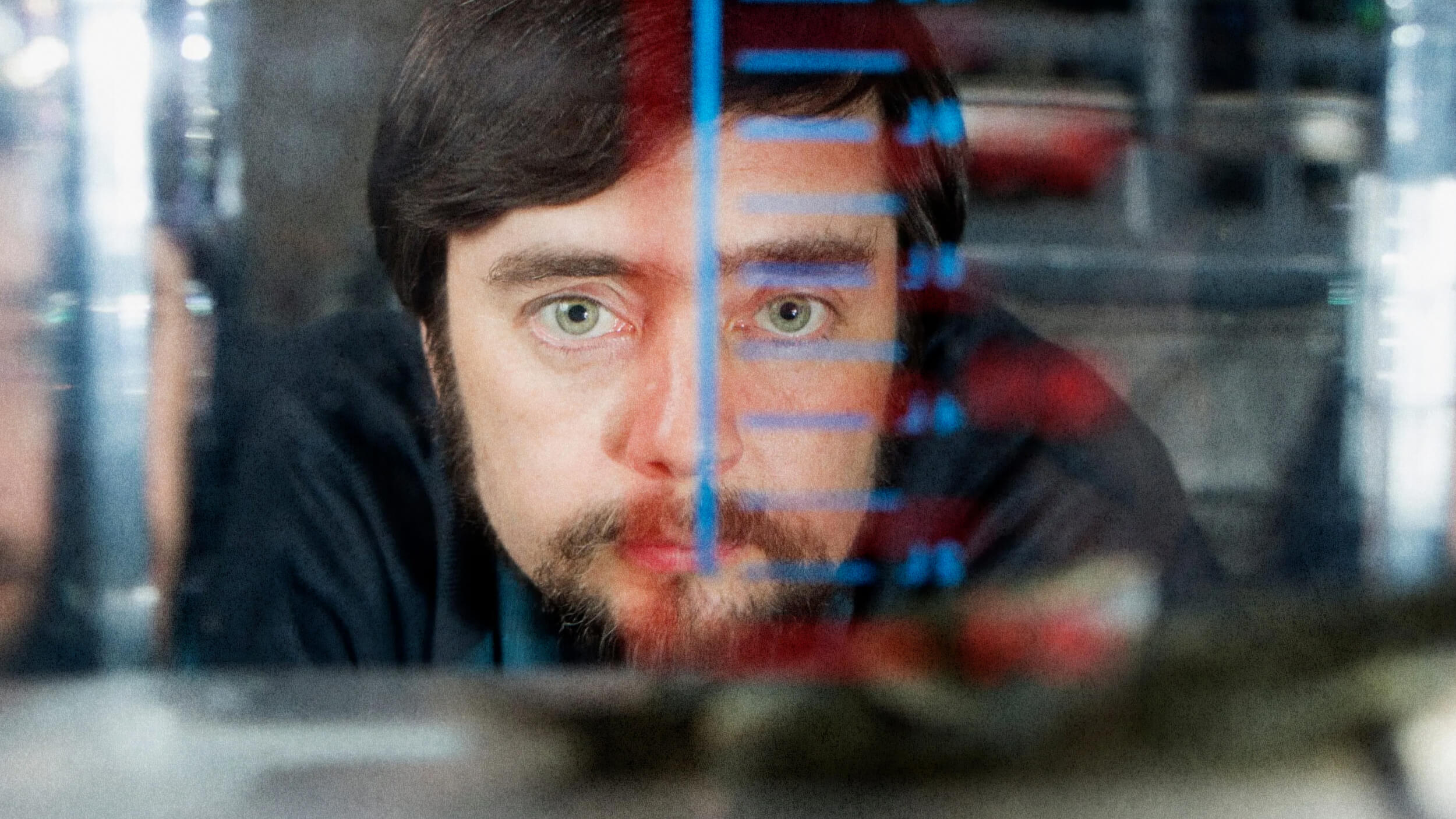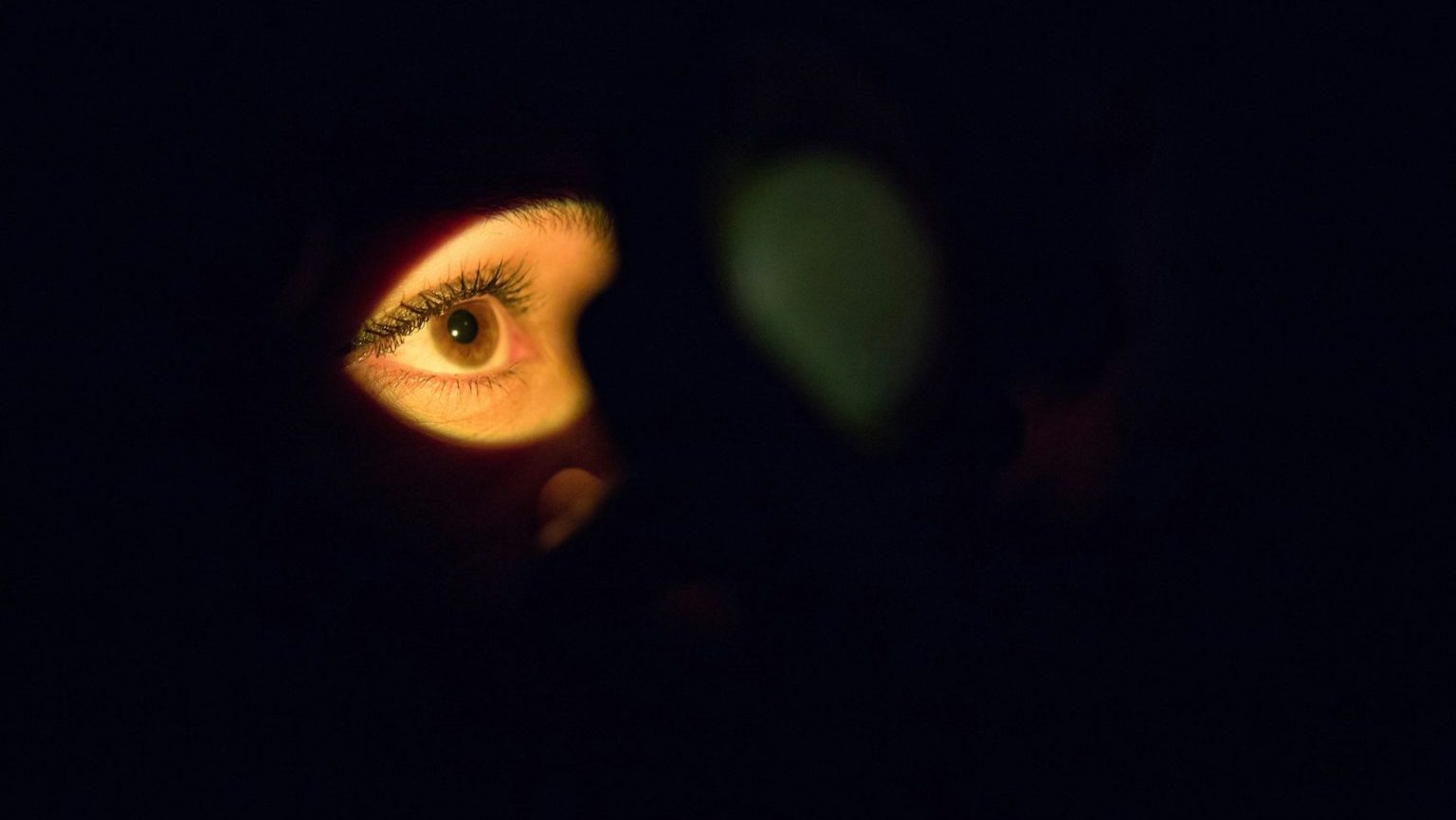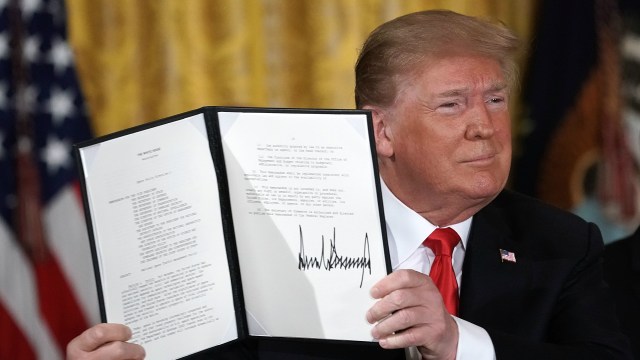19 dog gestures and what they mean, according to science

It’s not quite the canine brain-to-speech interface collar worn by Doug in the movie Up,— “Today is the best day of my life. I love you.”—but it’s not bad. A new study has identified 19 gestures performed by household dogs and figured out what they usually mean. It’s all about something scientists call “referential signaling.” Such signaling is believed to be rare in the animal kingdom, though great apes in captivity have been shown to be impressively adept at it. This new research focused on pet pooches “due to their unique relationship with humans that centers on non-verbal communication with frequent interaction,” and as the first non-primates thus studied.
Referential signaling
When a human baby points at something he or she wants, that’s referential signaling, and it’s considered a key event in speech development.
For something to qualify as a referential gesture, it has to meet five requirements:
1. It has to be a request involving an object or a part of the signaler’s body.
2. It’s “mechanically ineffective,” which means the action doesn’t accomplish anything beyond being a gesture.
3. It’s directed at a receiver, such as in the case of dogs, an owner.
4. Its meaning can be taught via repetition to the receiver, who eventually fulfills the request being made.
5. It must be intentional, with the signaler waiting for the desired response after the gesture, and then perhaps amplifying it with additional gestures.
How the study worked
The researchers enlisted the owners of 37 household dogs to record videos of what the humans felt were their dogs communicating, or attempting to. All in all, 242 videos were shot, capturing a total of 49 possible gestural candidates.
After analyzing the footage, 19 gestures qualified as referential, and researchers grouped them by their “apparent satisfactory outcome,” or “ASO.” There were four detected:
- “Scratch me!”
- “Give me food/drink.”
- “Open the door.”
- “Get my toy/bone.”

Good scratch (Credit: Kricket)
This may not seem like many goals for a pet to have in mind, but any parent will recognize this kind of simplicity: When a baby cries, it’s either because it’s (a) hungry, (b) in discomfort, (c) needs changing, or (d) tired, and that’s about it.
The 19 gestures and what they communicate
And now, your doggie dictionary. Where a gesture can mean more than one thing, we’ll list those meanings in order of frequency among the study’s dog/human pairs.
It’s also worth noting that the researchers’ interest is in communication that elicits an action from a canine’s human. There’s nothing here about a gesture that simply means, as Doug might say, “I love you.”

Also, you’re pleasantly salty. (Credit: Thowra_uk)
1. Roll over
Description: Rolling onto one side of the body and exposing the chest, stomach and groin.
What it means: “Scratch me!”
2. Head under
Description: Plunge headfirst underneath an object or human.
What it means: “Get my toy/bone,” “Scratch me,” “Give me food/drink.”
3. Head forward
Description: Move the head forwards and up to direct a human’s appendage to a specific location on the body.
What it means: “Give me food/drink,” “Scratch me,” “Open the door.”
4. Hind leg stand
Description: Lift front paws off the ground and stand on hind legs, front paws are not resting on anything.
What it means: “Give me food/drink,” “Get my toy/bone,” “Open the door.”
5. Head turn
Description: Head is turned from side to side on the horizontal axis usually between a human and an apparent object of interest.
What it means: “Give me food/drink,” “Open the door,” “Get my toy/bone,” “Scratch me.”
6. Shuffle
Description: Shuffle whole body along the ground in short movements, performed whilst in roll over position.
What it means: “Scratch me!”
7. Back leg up
Description: Lifting of a single back leg whilst lying on one side of the body.
What it means: “Scratch me!”
8. Paw hover
Description: Hold one paw in mid-air whilst in a sitting position.
What it means: “Give me food/drink,” “Scratch me,” “Open the door,” “Get my toy/bone.”
9. Crawl under
Description: Move entire or part of body underneath an object or a human’s appendage.
What it means: “Get my toy/bone.”
10. Flick toy
Description: Hold toy in the mouth and throw it forwards, usually in the direction of a human.
What it means: “Give me food/drink.”
11. Jump
Description: Jump up and down off the ground, human or an object, usually while staying in one location.
What it means: “Open the door,” “Give me food/drink,” “Get my toy/bone.”
12. Paw Reach
Description: Placing a single paw or both paws underneath another object to retrieve an object of apparent interest.
What it means: “Get my toy/bone.”
13. Nose
Description: Pressing nose (or face) against an object or human.
What it means: “Scratch me,” “Give me food/drink,” “Open the door,” “Get my toy/bone.”
14. Lick
Description: Licking an object or human once or repetitively.
What it means: “Scratch me,” “Give me food/drink,” “Open the door,” “Get my toy/bone.”
15. Front paws on
Description: Lifting both paws off the ground and resting them on an object or human.
What it means: “Open the door,” “Give me food/drink,” “Scratch me,” “Get my toy/bone.”
16. Paw rest
Description: Lifting a single front paw and resting it on an object or human.
What it means: “Scratch me,” “Open the door.”
17. Head rub
Description: Involves rubbing the head against an object or human on which the signaler is leaning on.
What it means: “Scratch me!”
18. Chomp
Description: Involves opening the mouth and placing it over the arm of a human whilst repeatedly and gently biting down on the arm.
What it means: “Scratch me!”
19. Paw
Description: Lifting of a single front paw to briefly touch an object or human.
What it means: “Get my toy/bone.“ “Give me food/drink,” “Open the door,” “Scratch me.”
Trying this at home
If you have a dog, you may already know all this, or it may be that your fuzzy friend has his or her own signals, or intends different meanings. Using this as a guide, you can see whether or not this smoothes-out communication with your pet, or if it earns you one of those classic disappointed dog looks.






